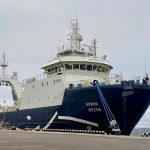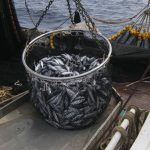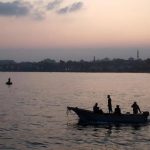Nancy Gitonga, former Director of Fisheries, Kenya, now a consultant for FishAfrica, expressed that initially he believed that MSC certification was a barrier to trade for developing countries. Now I see it is a useful tool for conservation and marketing. Fishing industry has a major contribution in the food world. It is fact that half of the world’s traded seafood comes from developing countries.
There are millions of people rely on seafood for an essential source of nutrition, and the World Bank estimate that the livelihoods of about 200 million people depend on fishing and associated activities. According to Gitonga ensuring fisheries remain healthy, productive and profitable is vital for millions of people living in Africa, Asia, Latin America and the Caribbean.
It is true that the MSC’s Developing World Fisheries Program promotes fair and equal access to sustainable seafood markets. It ensures that developing countries can access the conservation and economic benefits of MSC certification, and helps to safeguard fisheries as a reliable, long term source of food security. The MSC programme has two main aims: Raise awareness of the MSC program and increase the involvement of stakeholders in developing countries; and ensure the MSC certification program is relevant and applicable to developing world fisheries.
Gitonga said that these aims can be achieve through following activities: engaging fisheries and stakeholders; some developing world fisheries have already achieved MSC certification and many more are engaging in the programme. He told that MSC staff based in Kenya offices around the world conduct outreach to stakeholders in developing countries.
Gitonga informed that Kenyan authority is working in partnership with local and international governmental and non-governmental organisations to raise awareness of MSC certification and ecolabelling programme. He added that by sharing our knowledge of global sustainable seafood markets we help partner organisations access these markets and share good practice with seafood buyers, scientists, conservation organisations and fishery managers.








